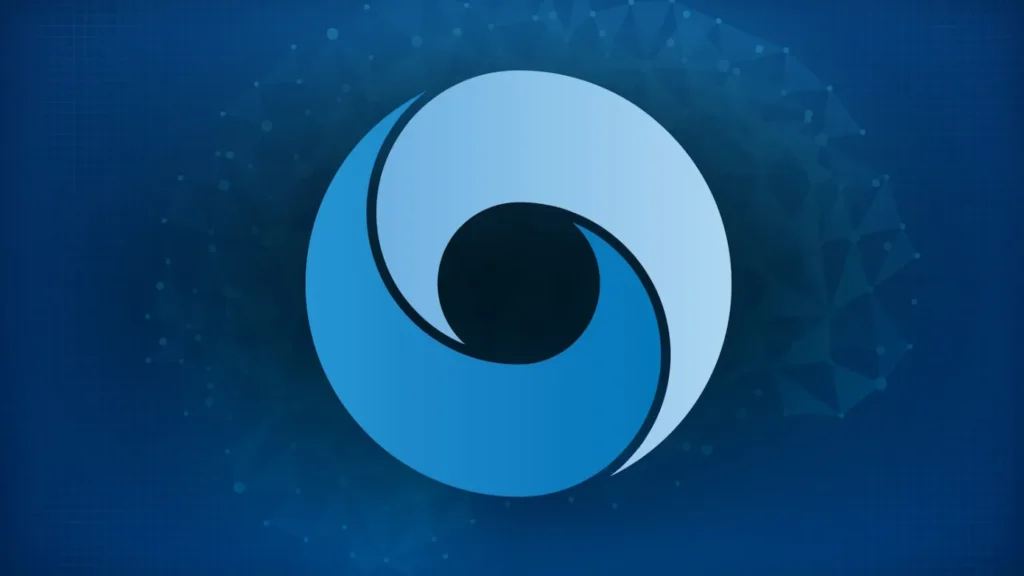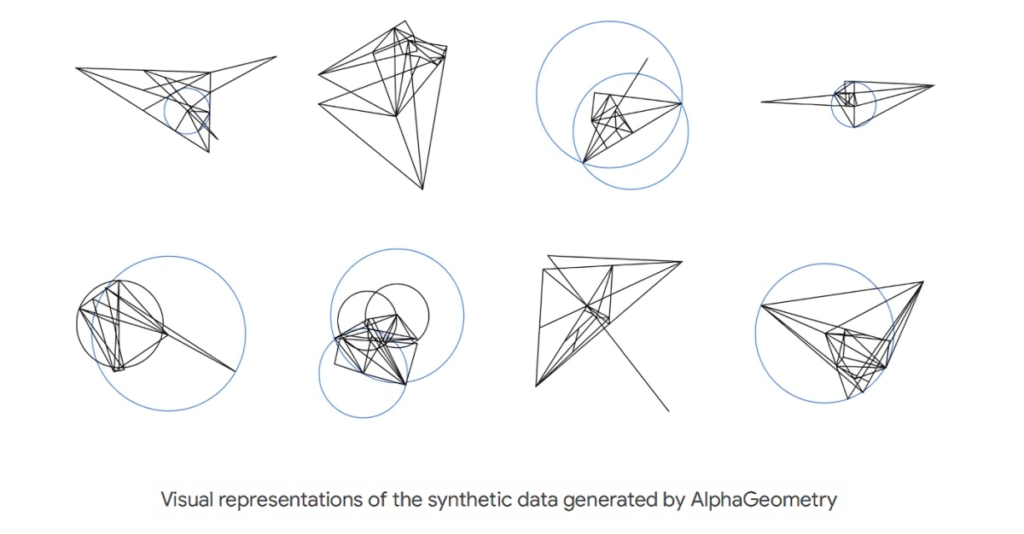
DeepMind, Google’s AI research and development lab, is exploring novel approaches to enhance AI capabilities through tackling intricate geometry problems. Today, DeepMind introduced AlphaGeometry, a system that claims to outperform the average International Mathematical Olympiad gold medalist in solving geometry problems. The code for AlphaGeometry was made open source, demonstrating its ability to solve 25 Olympiad-level geometry problems within the standard time limit, surpassing the previous state-of-the-art system’s performance of 10 problems.
According to Trieu Trinh and Thang Luong, Google AI research scientists, who shared insights in a blog post, achieving success in solving Olympiad-level geometry problems marks a significant step in developing profound mathematical reasoning, paving the way for more advanced and versatile AI systems. They express hope that AlphaGeometry will unlock new possibilities in mathematics, science, and AI.
Why the emphasis on geometry? DeepMind contends that proving mathematical theorems, such as providing a logical explanation for the validity of a theorem like the Pythagorean theorem, demands both reasoning skills and the capacity to select from various potential steps toward a solution. If DeepMind’s perspective holds true, this problem-solving approach could eventually prove valuable in general-purpose AI systems.
“Establishing the truth or falsehood of a specific conjecture challenges even the most advanced AI systems today,” stated DeepMind’s press materials shared with TechCrunch. “In pursuit of this objective, the ability to prove mathematical theorems is a crucial milestone, showcasing mastery in logical reasoning and the aptitude to uncover new knowledge.”
However, training an AI system to tackle geometry problems presents unique difficulties. The scarcity of accessible geometry training data arises from the intricate process of translating proofs into a format comprehensible to machines. Additionally, many of the present cutting-edge generative AI models, while adept at recognizing patterns and relationships in data, lack the capability to engage in logical reasoning through theorems.
DeepMind’s solution was twofold.

In the development of AlphaGeometry, the laboratory coupled a “neural language” model—architecturally resembling ChatGPT—with a “symbolic deduction engine,” an engine utilizing rules (e.g., mathematical rules) to deduce solutions to problems. Symbolic engines can be rigid and slow, particularly with large or intricate datasets. To address these challenges, DeepMind employed the neural model to “guide” the deduction engine through potential answers to given geometry problems.
In the absence of training data, DeepMind generated its synthetic data, creating 100 million “synthetic theorems” and proofs with varying complexities. The AlphaGeometry model was then trained from scratch using this synthetic data and assessed on Olympiad geometry problems.
Olympiad geometry problems often involve diagrams requiring the addition of “constructs,” such as points, lines, or circles, before they can be solved. In addressing these problems, AlphaGeometry’s neural model predicts which constructs might be beneficial to add. These predictions are then utilized by AlphaGeometry’s symbolic engine to make deductions about the diagrams and identify similar solutions.
“With numerous instances of how these constructs led to proofs, AlphaGeometry’s language model can provide valuable suggestions for new constructs when faced with Olympiad geometry problems,” Trinh and Luong explained. “One system offers rapid, ‘intuitive’ ideas, while the other employs more deliberate, rational decision-making.”
The outcomes of AlphaGeometry’s problem-solving, featured in a study published in the journal Nature this week, are likely to contribute to the ongoing debate over whether AI systems should be based on symbol manipulation—manipulating symbols representing knowledge using rules—or the seemingly more brain-like neural networks.
Advocates of the neural network approach contend that intelligent behavior, ranging from speech recognition to image generation, can emerge solely from vast amounts of data and computational power. In contrast to symbolic systems, which solve tasks by defining sets of rules for manipulating symbols specific to particular tasks (like editing a line in word processor software), neural networks attempt to tackle tasks through statistical approximation and learning from examples.
Neural networks serve as the foundation for potent AI systems like OpenAI’s DALL-E 3 and GPT-4. However, proponents of symbolic AI argue that they are not the ultimate solution; symbolic AI might be better suited for efficiently encoding the world’s knowledge, navigating intricate scenarios through reasoning, and “explaining” the reasoning behind their conclusions.
AlphaGeometry, as a hybrid symbolic-neural network system similar to DeepMind’s AlphaFold 2 and AlphaGo, might indicate that combining the two approaches—symbol manipulation and neural networks—is the most effective route in the quest for generalizable AI. Perhaps.
“Our long-term goal remains to build AI systems that can generalize across mathematical fields, developing the sophisticated problem-solving and reasoning that general AI systems will depend on, all the while extending the frontiers of human knowledge,” Trinh and Luong expressed. “This approach could shape how the AI systems of the future discover new knowledge, in math and beyond.”